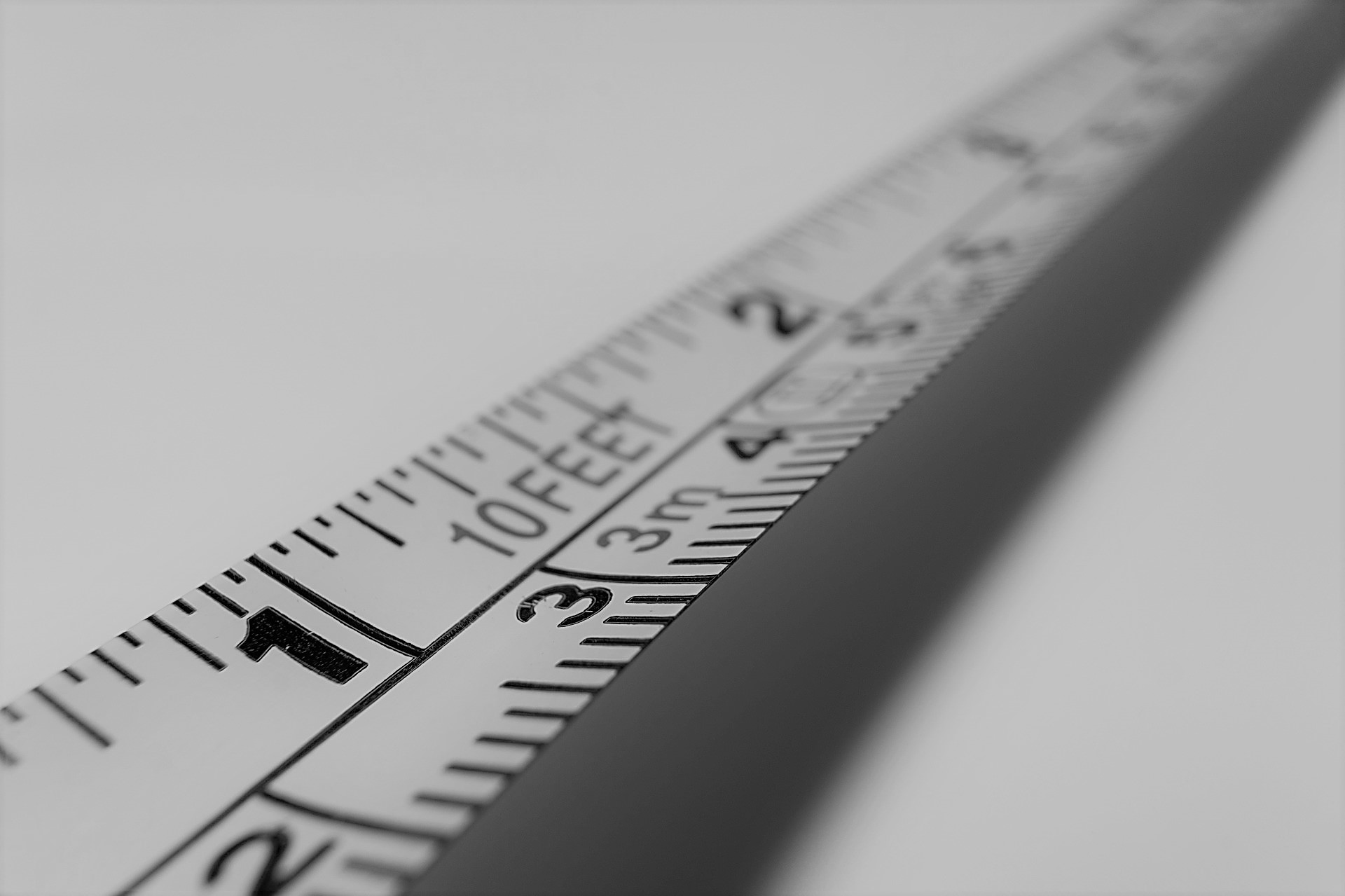
Considerations When Sizing a UPS
Once the need for an Uninterruptible Power Supply (UPS system) has been established, there are a number of considerations that should be addressed to ensure its successful installation. One of which is identifying the information needed to correctly size a UPS for the required load.
Overlooking this could result in an undersized UPS that cannot adequately cope with the load demand or overspending on a UPS that is too big with too high a kVA rating.
The following information must be obtained for calculating the specific load requirement, some of which can be found by looking at user manuals or technical specifications. Environmental factors and the possibility of future expansion should also be assessed.
- Equipment to be protected by the UPS
- The Volts (V) and Amps (A) of each device to determine VoltAmps (VA)
- Autonomy rating (the length of time in minutes that the UPS is required to provide backup power for)
- Number of phases required – single phase or three phase
- Power factor
- Load current
- Power consumption
- Future expansion
VoltAmps (VA) is calculated by multiplying the Volts and the Amps, which is typically found on the labels of each device. If the power requirements are given in watts, divide the watts by the power factor to convert it into VA. Typically a power factor of 0.8 and 0.9 is found in servers and other ICT equipment, meaning not all of the supplied energy is consumed by the load. A UPS must be sized appropriately to accommodate for leading and lagging loads.
High switch on current demands may be experienced upon start-up of some equipment lasting approximately 50 to 100 milliseconds. So as not to underestimate the load amount, it is best practice to marginally oversize the UPS or remove these devices from the protection path.
To summarise, the following simple questions should be asked when sizing a UPS:
- What is the load size of the equipment being supported?
- What is the required autonomy?
- What environment will the UPS be in?
- What is the power supply type and size?
For more information on sizing a UPS or for specific equations, email [email protected] or call 03333 130351.







